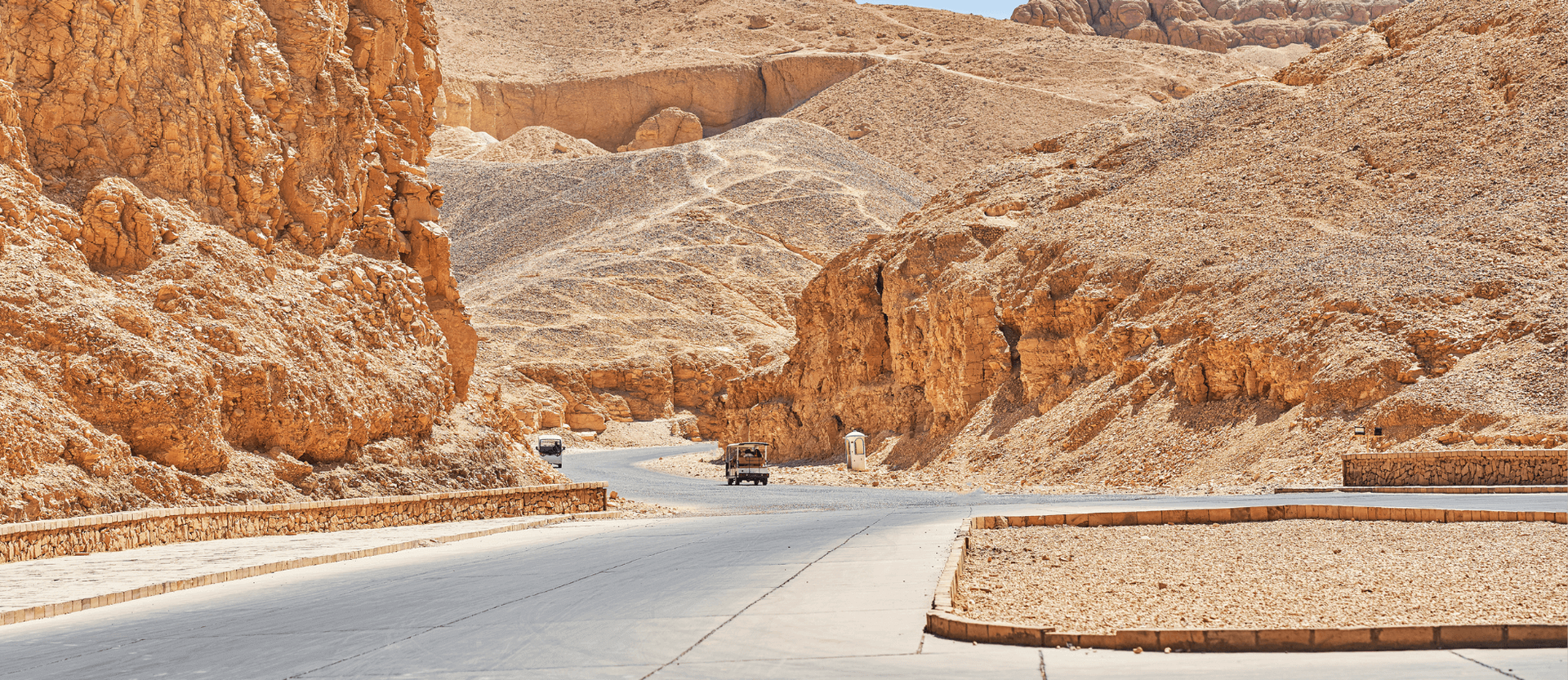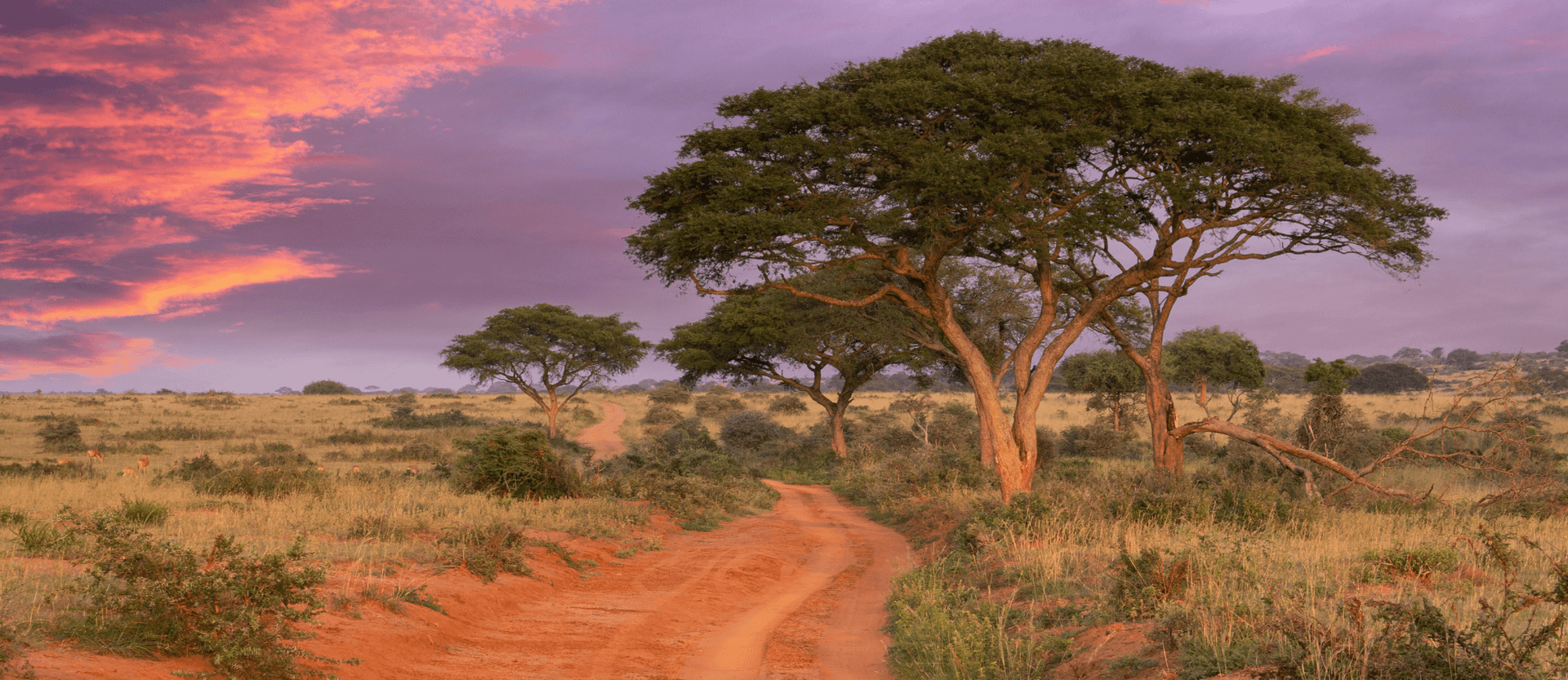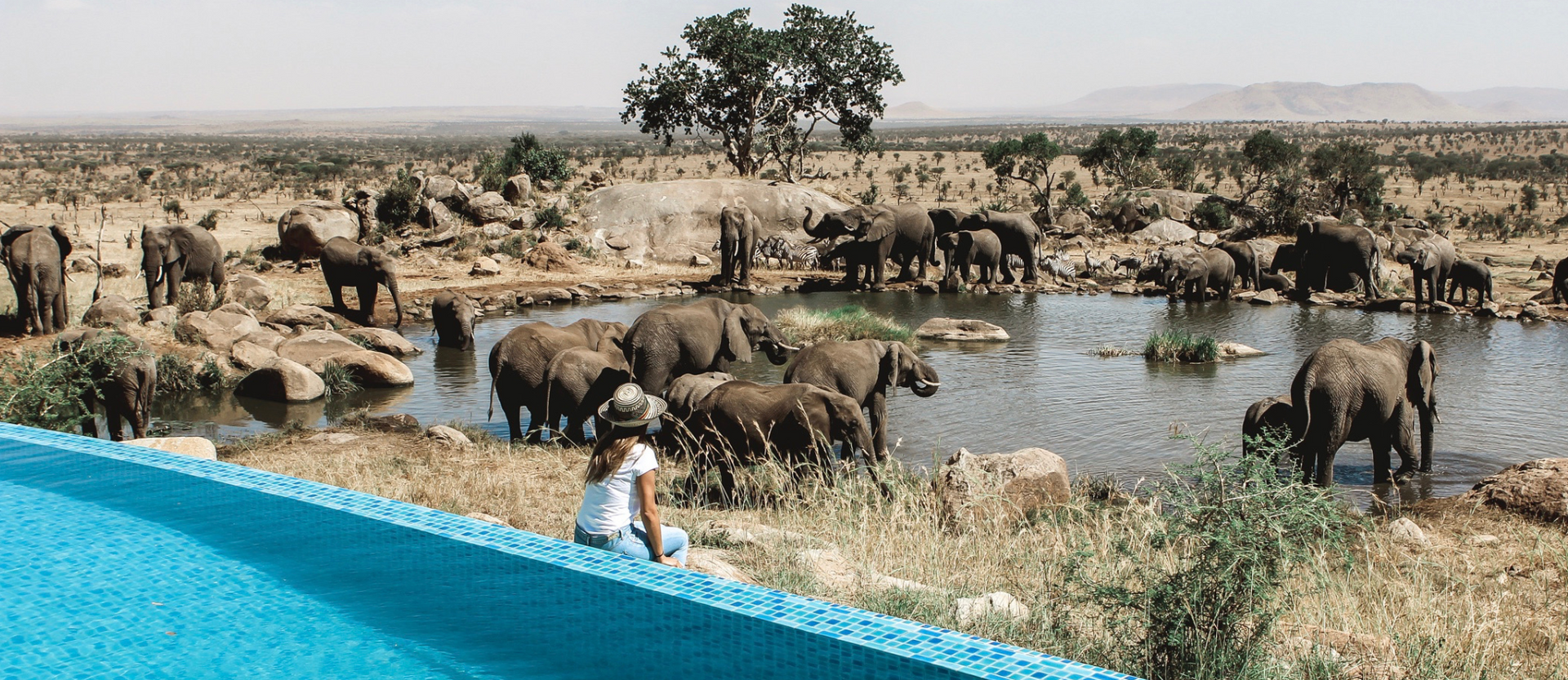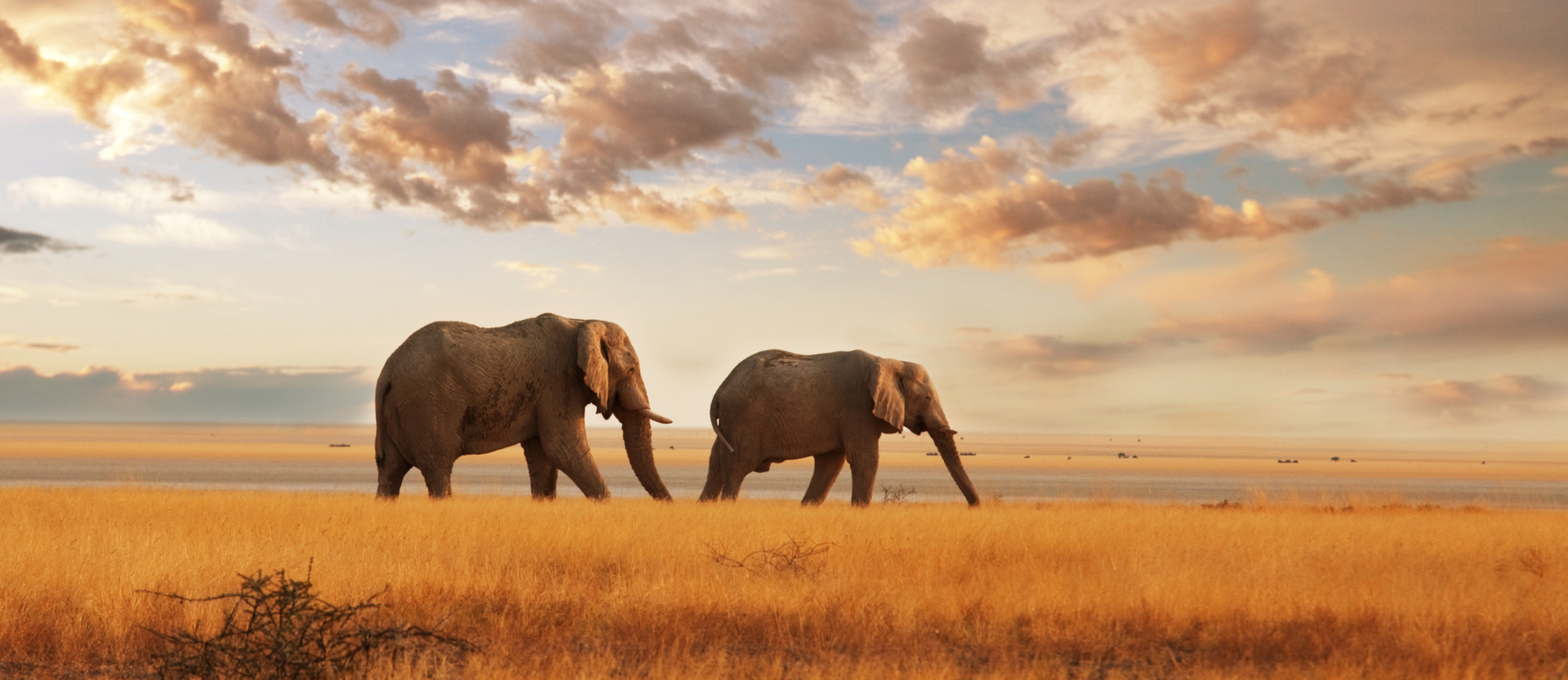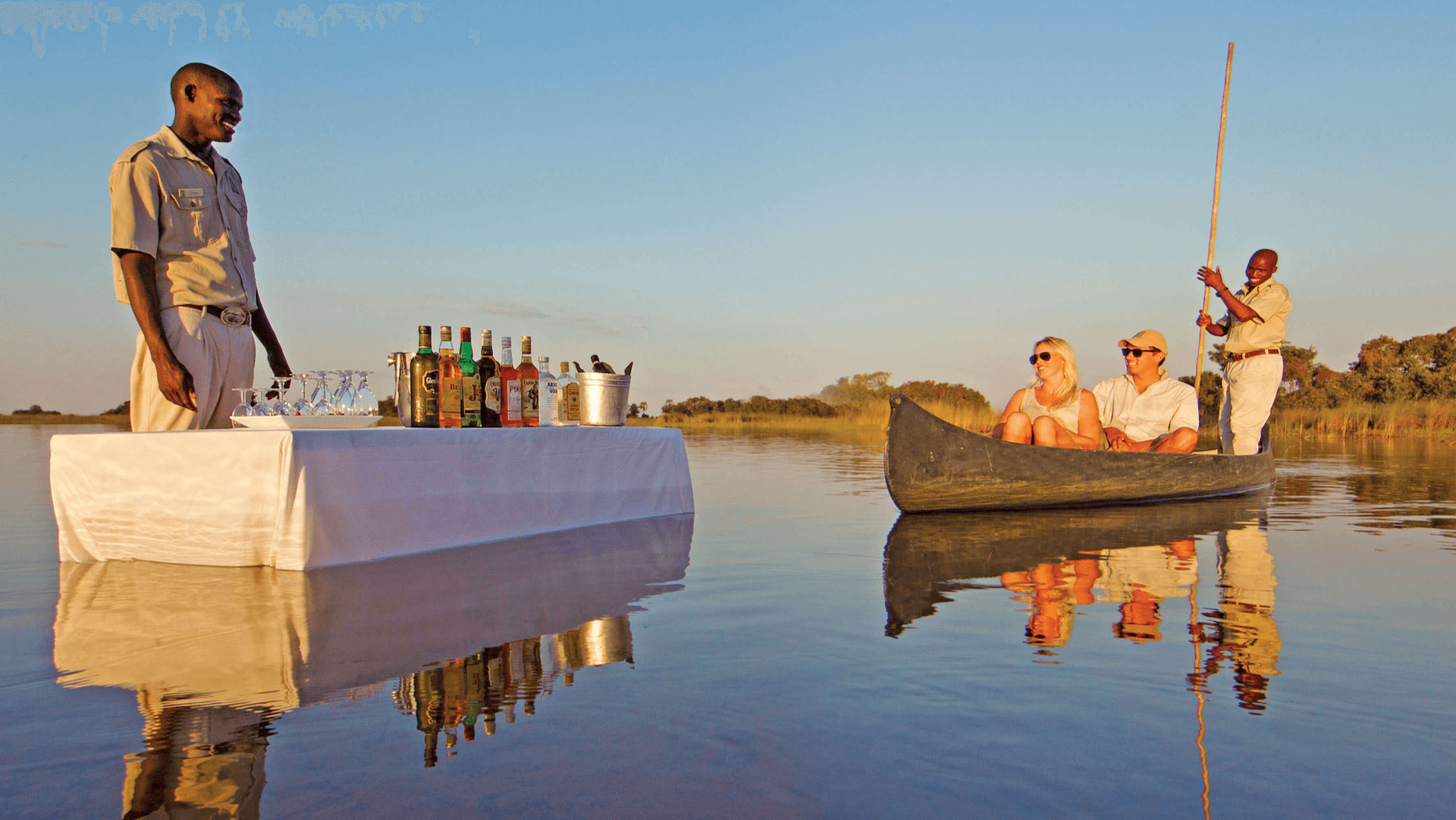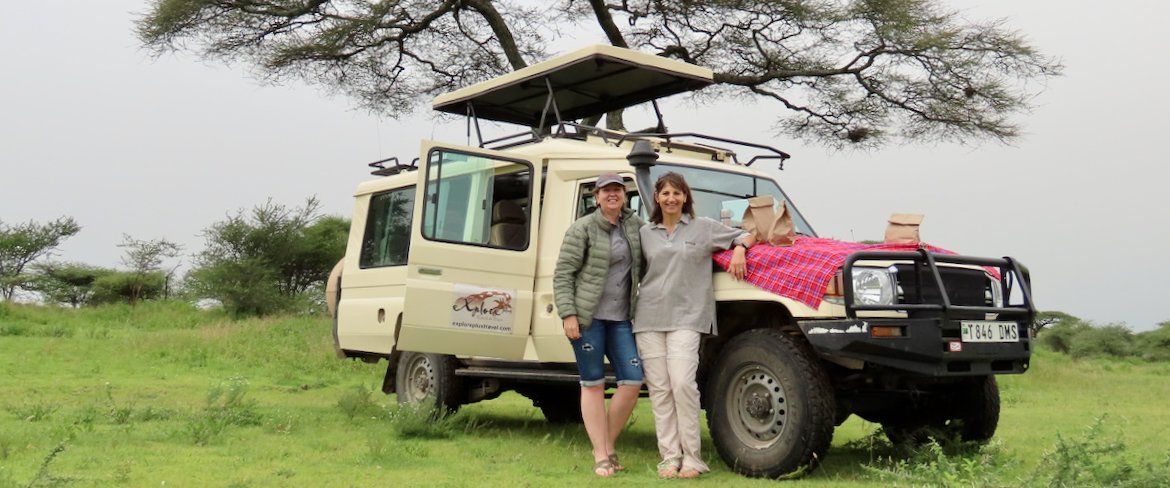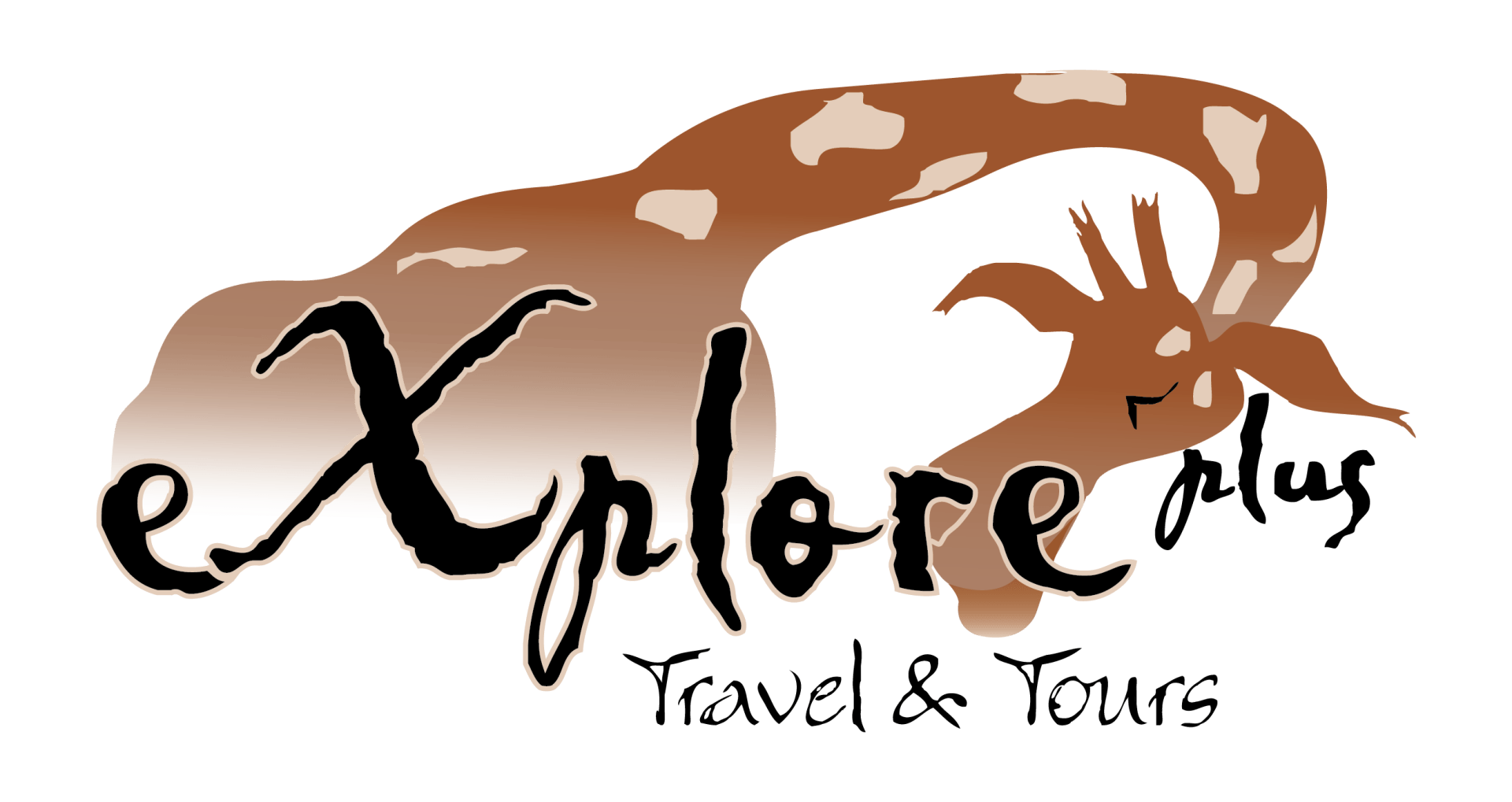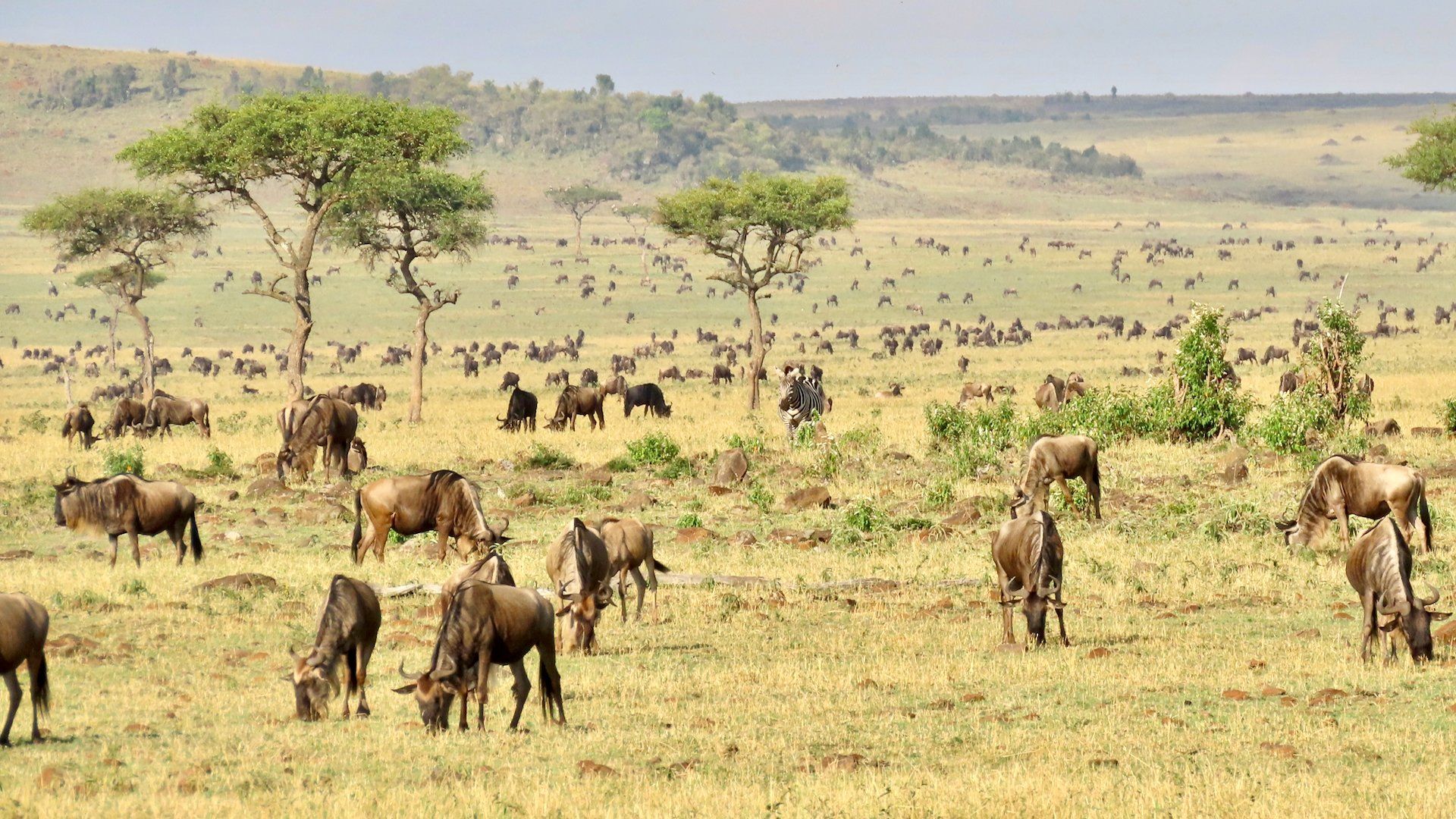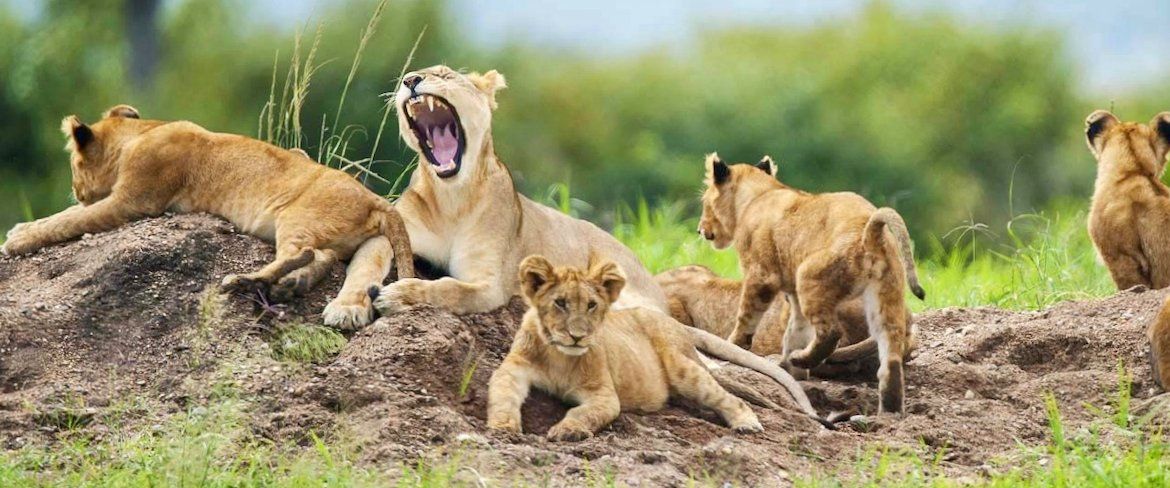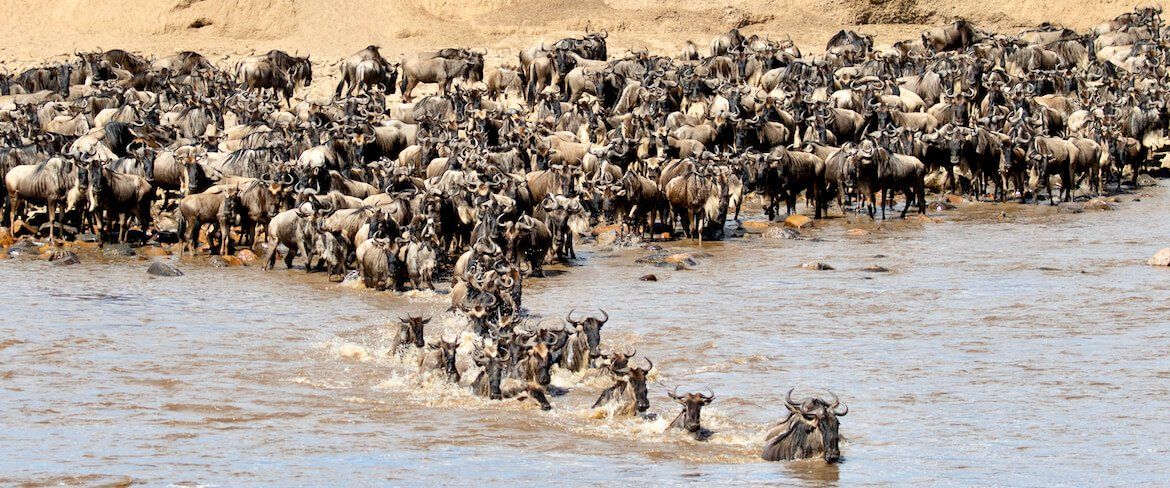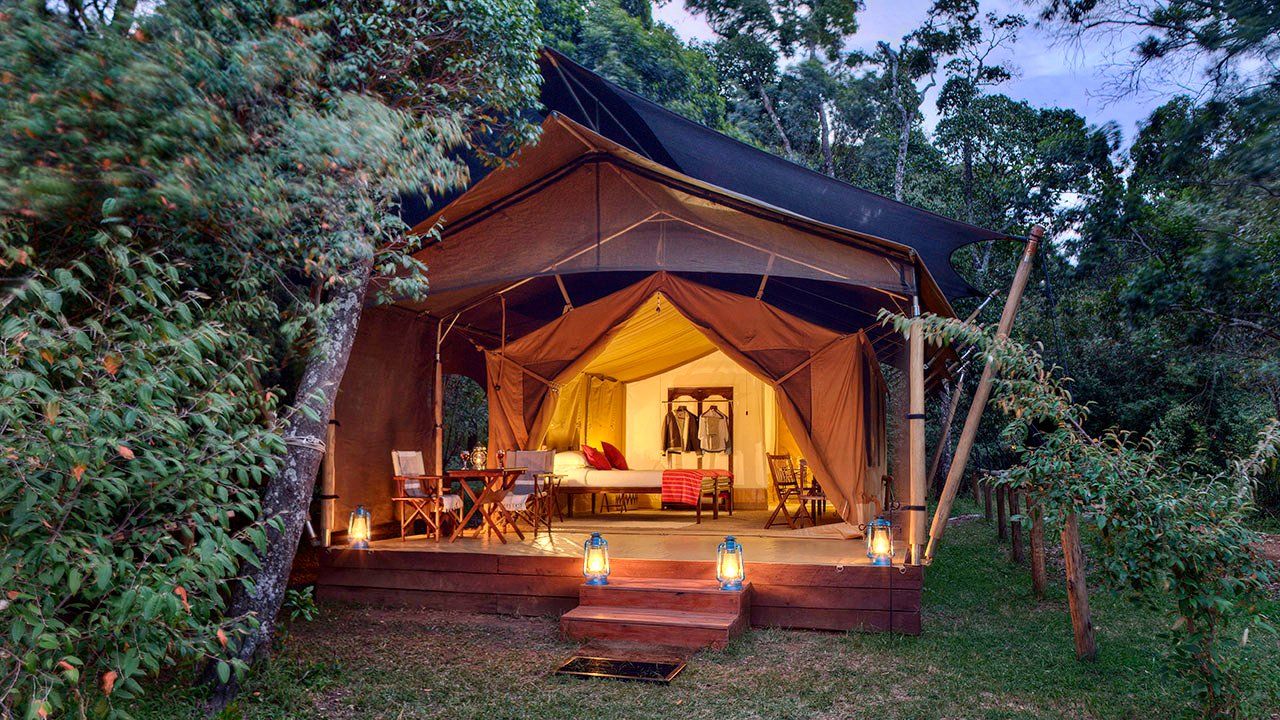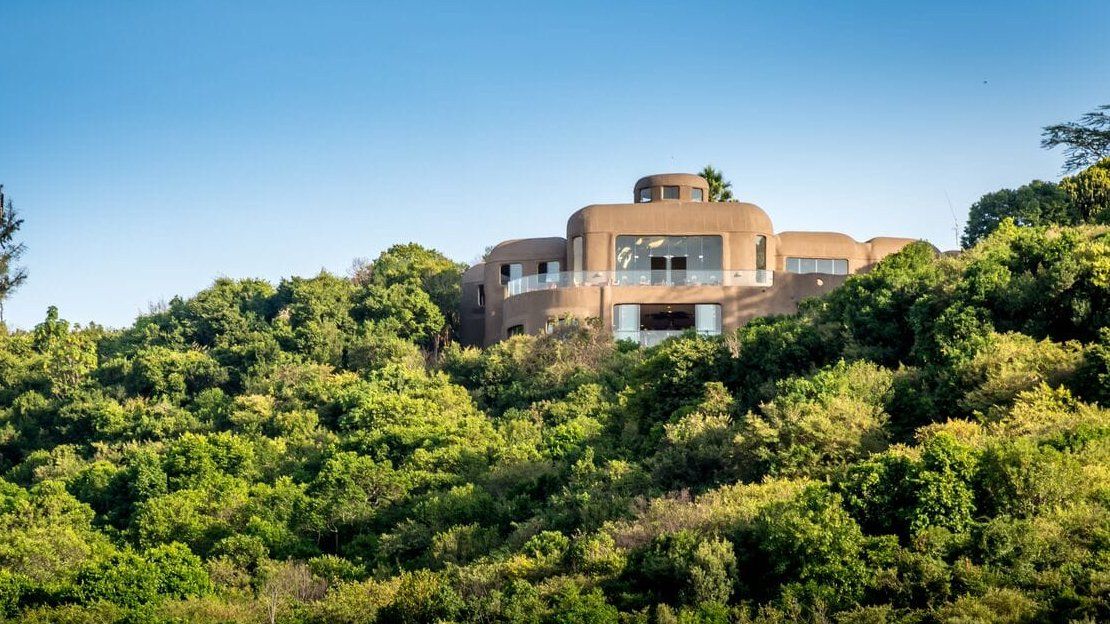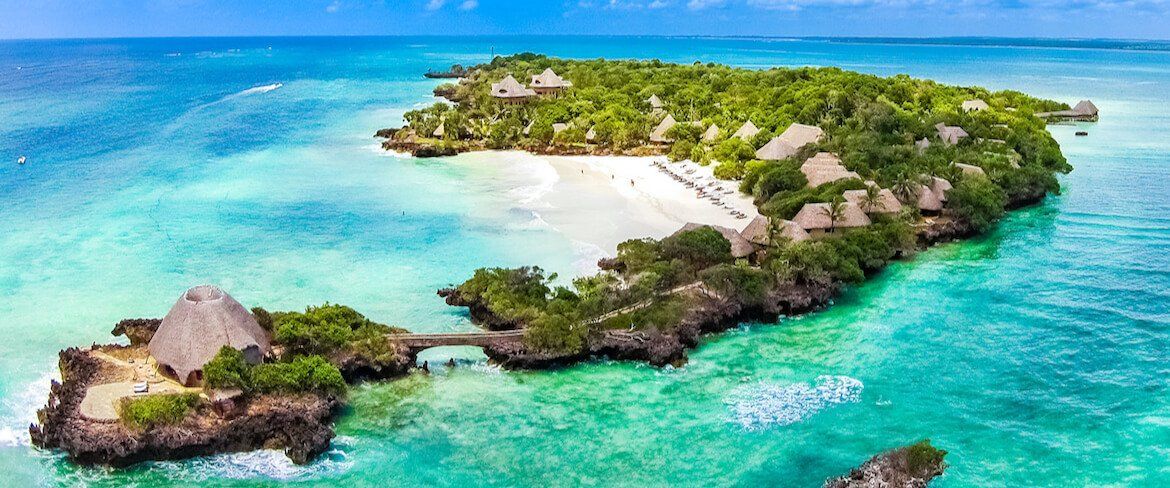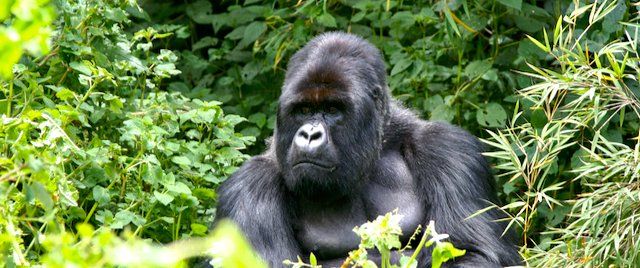When you plan a safari to the Masai Mara, the first question will be: How to book a Masai Mara Safari? The process can seem a little overwhelming with so many aspects: the best time to travel, choosing the best accommodation according to your budget, getting there and how many days!
This where eXplore Plus Travel comes in to help you to plan the ultimate Masai Mara safari. In this blog, we've put some top tips to help you plan a safari. And if you still have questions, our experts are here to help.
Best Time To Visit Masai Mara
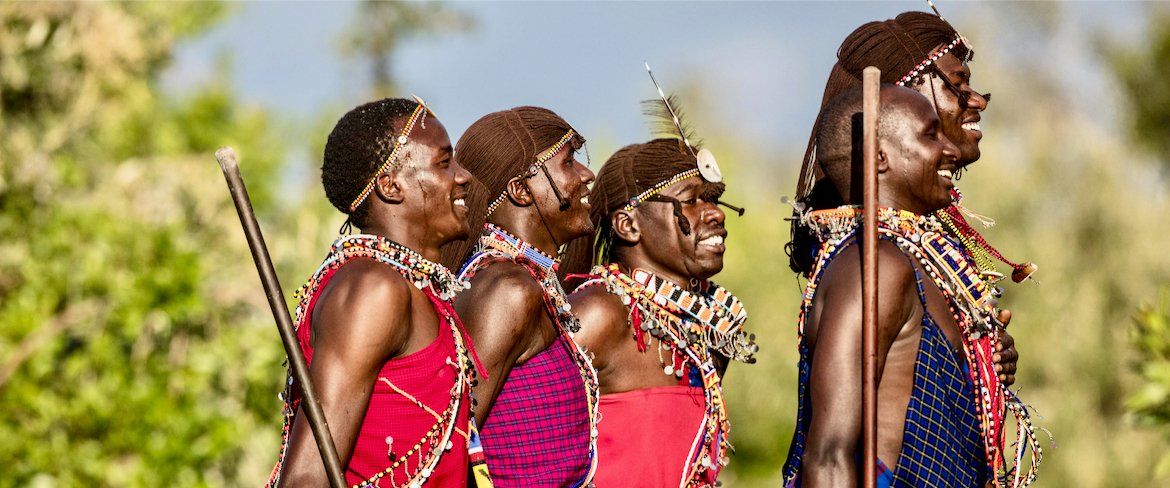
HIGH SEASON
MONTHS: June, July, August, September & October
- These are the best months to visit the Masai Mara as it the long dry season with little to no rainfall.
- It is easy to spot animals as the bush is less dense, the grasses are trampled down, and animals gather around available water sources and rivers.
- The Great Migration is in the Masai Mara!
- It is the best time to witness the Great Migration herds crossing the Mara River's crocodile-infested waters.
- Safari lodge rates will also be at a premium, and as this is the busiest period, safari vehicles on game drives can be overwhelming.
- Camps and lodges get booked up quickly, so bookings in advance are essential!
GREEN SEASON
MONTHS: April, May & November
- The long rains occur during April and May (mostly afternoon rains with thunderstorms) and short rains in November.
- Mornings are usually clear and dry, with clouds building into dramatic thunderstorms by late afternoon.
- A plus to travel during the green season is that fewer people are travelling – which means fewer people and reduced lodge prices.
- Some of the lodges and camps close down during these months.
- The bush is lush and green, and birdlife is most prolific.
SHOULDER SEASON
MONTHS: December, January, February & March
- These shoulder months are a time of transition - temperatures start to tumble, and migratory birds move on.
- Animals start to gather in areas where they know there will be water.
- For birdwatchers the best months is during this period, as in addition to the resident species, migratory birds, coming here from Europe to spend the winter, are also present.
- January and February are the best to witness the birth of wildebeest, zebra and antelope.
- There are many predator actions to enjoy with the overwhelming numbers of newborn calves.
- The Masai Mara is less crowded.
Costs of a Masai Mara Safari
The price of accommodation for a safari in Masai Mara depends on the level of comfort, and luxury travellers prefer.
Herewith a guideline on what to expect to pay for accommodation. Prices depend on whether the lodge is located in the national reserve or a private concession and if only meals or meals and drinks are included.
| SEASON | MIDRANGE | LUXURY | SUPERIOR LUXURY |
|---|---|---|---|
| High Season | US$ 300 to 450 | US$ 400 - 800 | US$ 1,200 plus |
| Shoulder Season | US$ 200 - 400 | US$ 250 - 600 | US$ 1,000 plus |
| Green Season | US$ 100 - 250 | US$ 150 - 300 | US$ 700 plus |
***Rates are per person per night sharing.
Masai Mara Safari Packages
In addition to your accommodation, a safari package to the Masai Mara also includes park fees (currently $80 per person per 24 hours), transport costs, game drive costs and guide fees.
Most people book a 3-day safari to the Masai Mara; however, we recommend a 4-day safari package. Most of day 1 and day 4 will be in transit as flights to/from the Masai Mara are an hour and a road transfer to/from the park is average 6 hours. With a 4-day safari, you enjoy two full days in the Masai Mara to make the best of your safari!
Booking a safari through eXplore Plus Travel & Tours always include the above so you can sit back and enjoy your safari.
Masai Mara Safari Lodges
It doesn't matter where you stay in the Masai Mara as you will spend most of your time on game drives searching for wildlife and big cats the Masai Mara is famous for!
The Masai Mara National Reserve is part of the Greater Mara Ecosystem with many private conservancies border the unfenced national reserve. The private concession areas offer limited beds, which mean fewer people and a greater game drive experience. Most of these camps are luxury and operate with 8 to 12 rooms.
The Masai Mara National Reserve can be very busy, especially during the peak season, but offer a wide range of accommodation to choose. This includes bigger lodges, luxury camps, midrange camps and even some budget properties.
Contact us for a tailor made safari according to your budget and expectations!
Share
